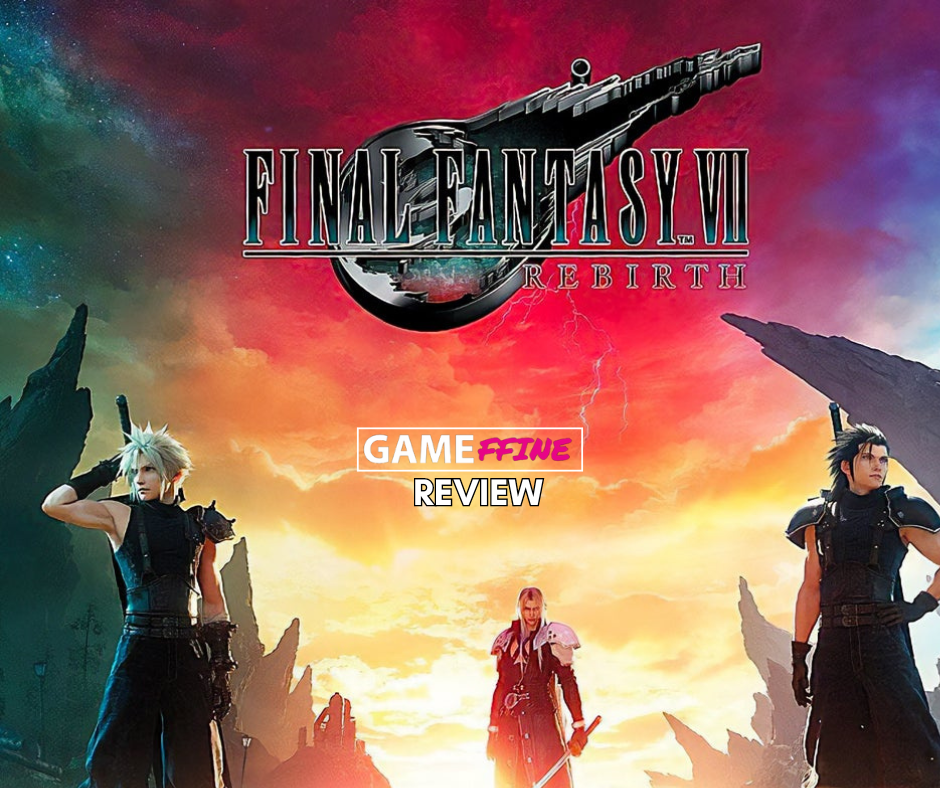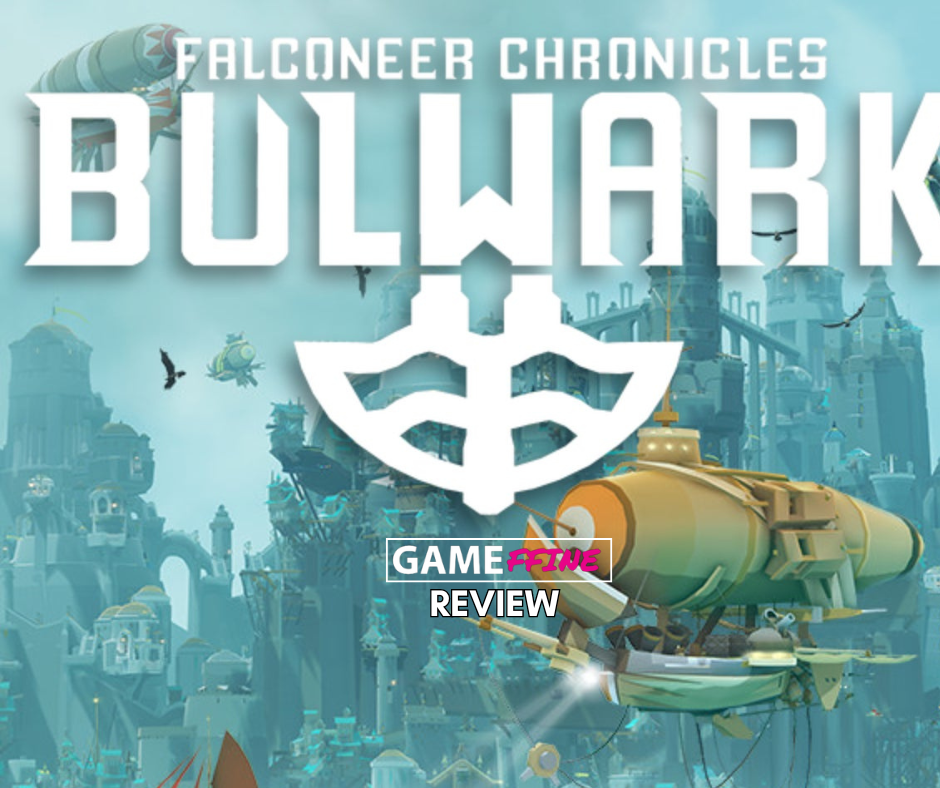The Final Fantasy VII Remake trilogy has hit a significant milestone with its second installment, Final Fantasy Rebirth. In terms of scale, Rebirth rivals the expanse of Witcher 3 compared to its forerunner. With 137 hours of gameplay under my belt, I believe I’m well-qualified to evaluate this title. My expectations for Rebirth were high after pre-ordering, and largely, it has surpassed them. Yet, at crucial moments, it falls short of replicating the emotional impact of the original.

Final Fantasy VII Rebirth launched on February 29, 2024, as a timed exclusive for the PlayStation 5 console. It concludes the narrative of 1997’s Final Fantasy VII up to the Forgotten Capital, marking the end of disc one.
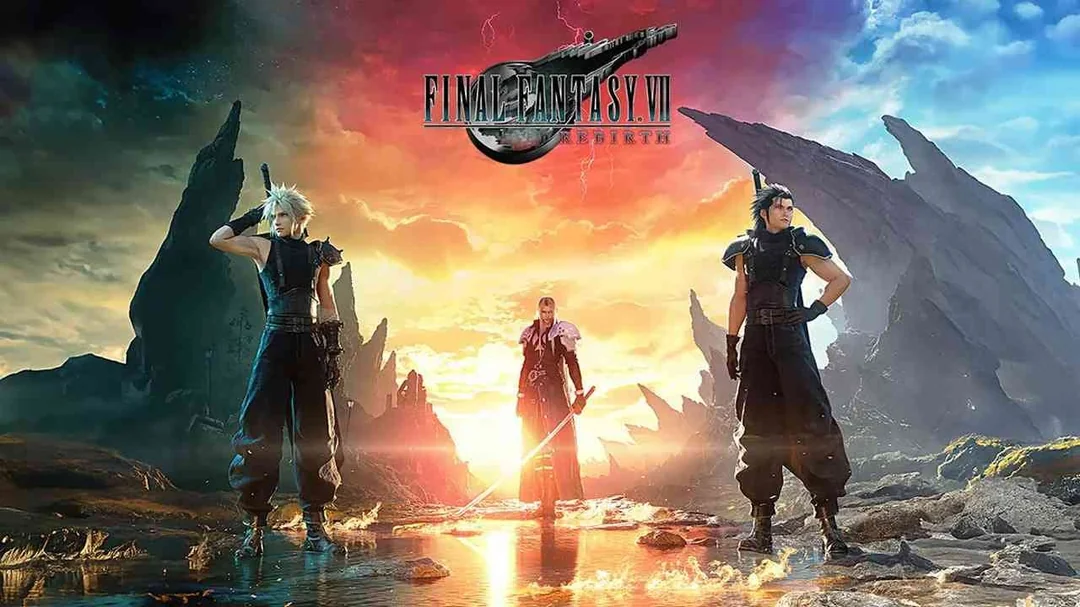
Kalm Before The Storm
Rebirth resumes immediately after Cloud and his companions depart from Midgar and arrive at the town of Kalm. Cloud explores his experiences with Sephiroth during a mission to inspect the Mako reactor close to his hometown, Nibelheim. The game adeptly portrays Sephiroth’s descent from a revered hero, once a silver-haired angel, to a ruthless mass murderer.
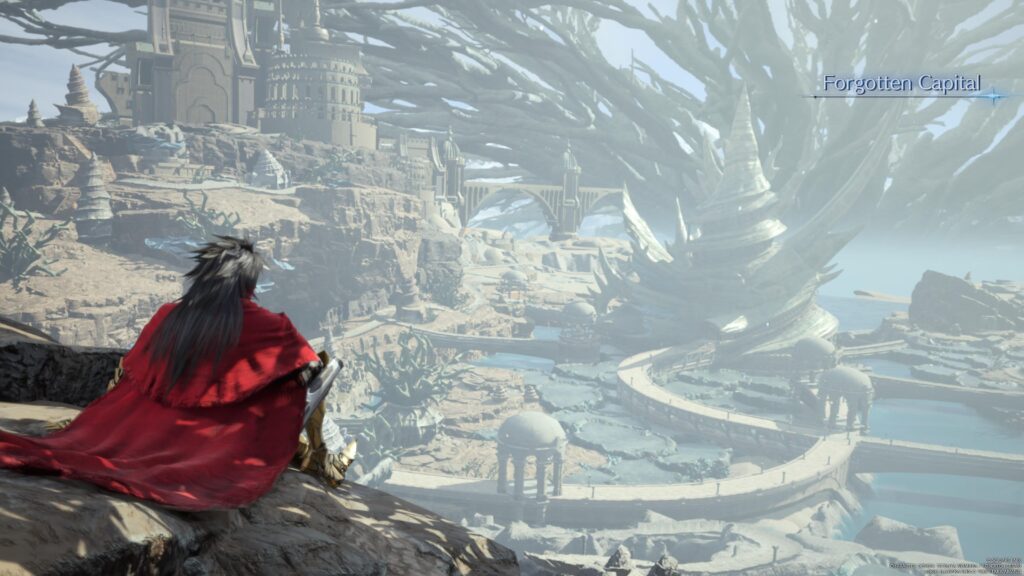
The game’s narrative is ambitious, intertwining the stories of Zack and Cloud in a way that blurs the lines between their realities. This adds a complex layer to the story, though it sometimes risks convolution. The addition of Yuffie, Cait Sith, Cid Highwind, and Vincent Valentine to the party enriches the journey. Matt Mercer’s portrayal of Vincent Valentine is particularly compelling, bringing depth to the character with limited screen time. Cloud’s evolving relationships with his party members, influenced by the “Bonds of Friendship” mechanic, add a personal touch to the narrative.
Every party member has their memorable moments throughout the game, but it’s Red, Cait Sith, Tifa, and especially Aerith who stand out. This is emphasized in the story’s side quests, where the game delves deeper into each character. This greatly helped solidify Cait Sith, who remains one of the least preferred party members to this day. Moreover, the game expands its scope by introducing new characters such as Cissnei, who appeared in Crisis Core and was referenced in the original 1997 FF VII.
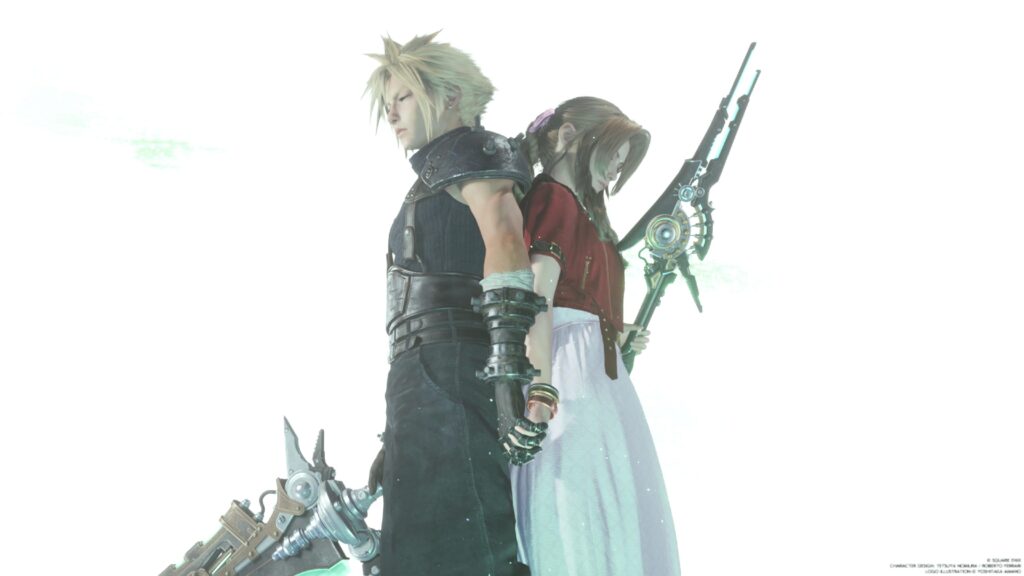
Despite its engaging elements, the game struggles to evoke an emotional response during crucial moments, such as the Dyne story arc and Aerith’s final scene. This lack of narrative depth prevents players from fully connecting with the story’s emotional journey. Although this can be attributed to Cloud’s impaired memories from mako poisoning and cellular degradation, it nonetheless results in a somewhat unsatisfying experience.
Despite its flaws, the story remains vast, filled with endless delightful moments, memorable characters, numerous minigames, and a richly crafted world that consistently amazes with its innovative mechanics, varied creatures, and thrilling boss battles that consistently keep you enthralled.

It’s Like A Dragon
Final Fantasy VII Rebirth honors the legacy of minigames in RPGs, akin to the Like A Dragon/Yakuza series, by presenting a wide range of captivating activities that enhance the core story. These minigames are not just simple diversions; they are integrated into the game’s essence, enriching the player’s journey.
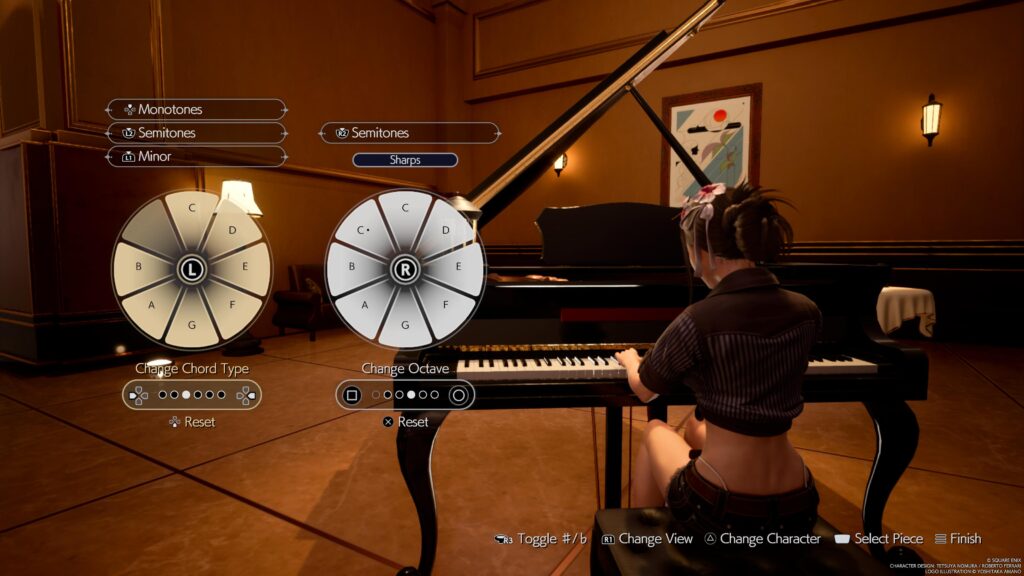
These minigames, along with others like the tactical “Gears and Gambits” and the action-packed “Hustle de Chocobo”, enrich the world of “Final Fantasy VII Rebirth”, offering players a break from the main quest and a chance to engage with the game’s universe in new and exciting ways. Whether you’re strategizing your next move in Queen’s Gambit, perfecting your performance in the Piano concerto, or racing to the finish line on a Chocobo, “Rebirth” ensures there’s always something more to explore and enjoy beyond the core story.
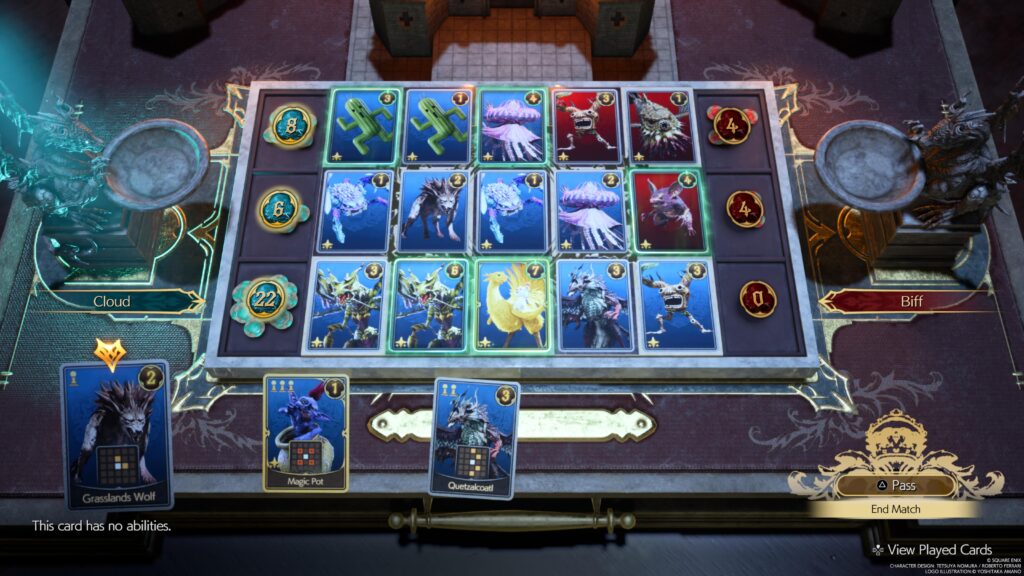
However, the game’s overabundance of mini-games, while diverse, can be overwhelming, with some, like the Squats with Jules at the gym, Cactuar Rush missions, and Chadley’s VR bosses, being particularly challenging. A simple thing as ‘plucking a mushroom’ is also a mini-game which is quite absurd as it rarely serves any purpose. The Cosmo Canyon dates, determined by a hidden affection system, can be difficult to digest as you may not end up with your partner of choice at the end. In my case, since I wanted to have Tifa as my date, I had to hold off doing story-related side quests until chapter 13. For a completionist, this can be quite a bummer to deal with.
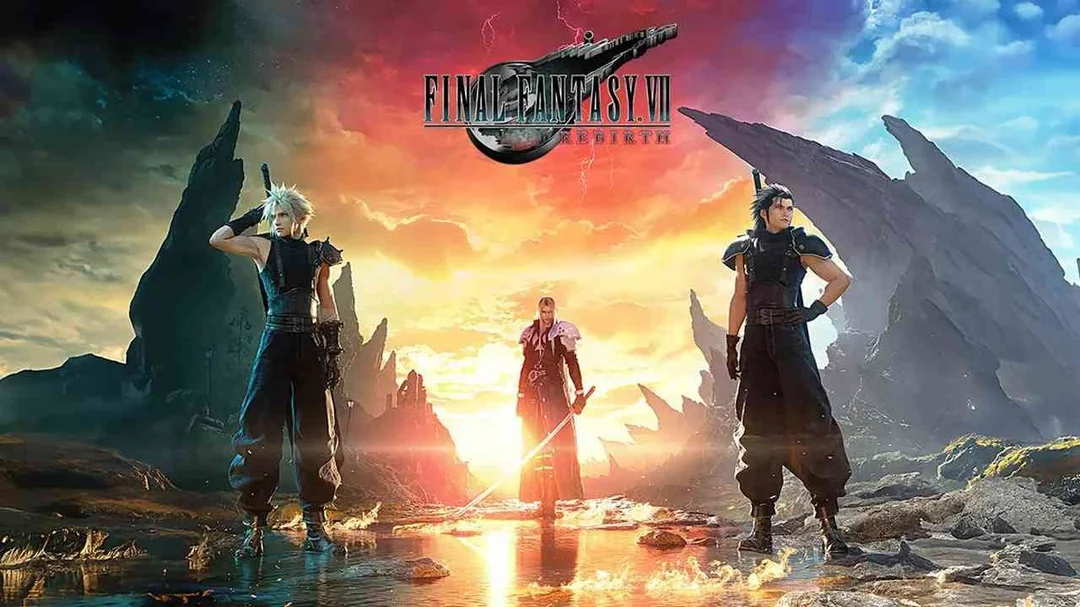
The Best Combat FF Has Ever Seen
In Final Fantasy VII Rebirth, the combat system has been significantly improved from its predecessor, Final Fantasy VII Remake. The game now allows players to switch between party members on the fly, adding a layer of depth and strategy to battles. This flexibility is particularly useful in managing the Active Time Battle system and leveraging each character’s unique abilities. Boss fights have been designed to be more challenging, pushing players to utilize all the combat mechanics effectively, including character swapping, to target enemy vulnerabilities.

The introduction of new limit breaks and Folio Skill Trees provides players with powerful new moves and the ability to customize characters’ combat skills, which is especially beneficial for unlocking advanced abilities and stat enhancements. Each character’s weapon comes with distinct abilities that can be strategically deployed for an advantage in battle. Moreover, the materia system has been expanded, offering a broader range of customization options for abilities and stats, catering to various playstyles.
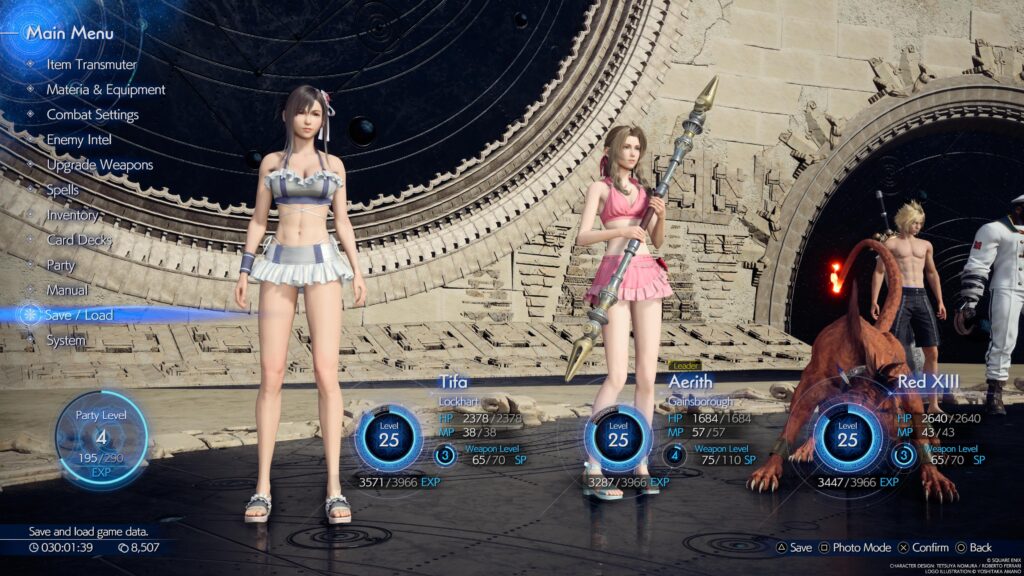
These enhancements are not just for show; they become critical in the game’s Hard Mode, where the difficulty is ramped up. Players are required to master the new combat features, particularly the efficient use of limit breaks, folios, weapon abilities, and materia setups, to survive against tougher enemies and truly push their limits. The game’s Hard Mode challenges players to optimize their combat strategies and truly master the intricacies of the enhanced combat system to succeed.

Music That Transcends Video Games
Final Fantasy VII Rebirth boasts an impressive achievement with its grand orchestral soundtracks. Whether it’s a match of Queen’s Gambit, your Chocobo searching for items, or following a simple dog on a side quest, Rebirth provides unique soundtracks for each scenario, including battle themes for many. With over 400 soundtracks, it likely sets the record for the most in a video game.

Furthermore, the vocal soundtrack is a work of art, showcasing Loren Allred’s “No Promises to Keep,” acclaimed as the most exceptional Final Fantasy vocal performance since the 1998 release of “Eyes on Me” from Final Fantasy VIII. Overall, Final Fantasy VII Rebirth boasts the finest soundtrack in a video game for well over a decade, even surpassing the memorable tracks from Final Fantasy XV, XVI, and VII Remake Intergrade.
From a technical standpoint, Rebirth makes several compromises in its visual presentation. Excluding the CGI sequences and most in-game cutscenes, the game frequently appears blurry in various places when running in performance mode. This is primarily due to the inadequate application of post-processing effects, and the blurriness is especially pronounced in areas with dense foliage.
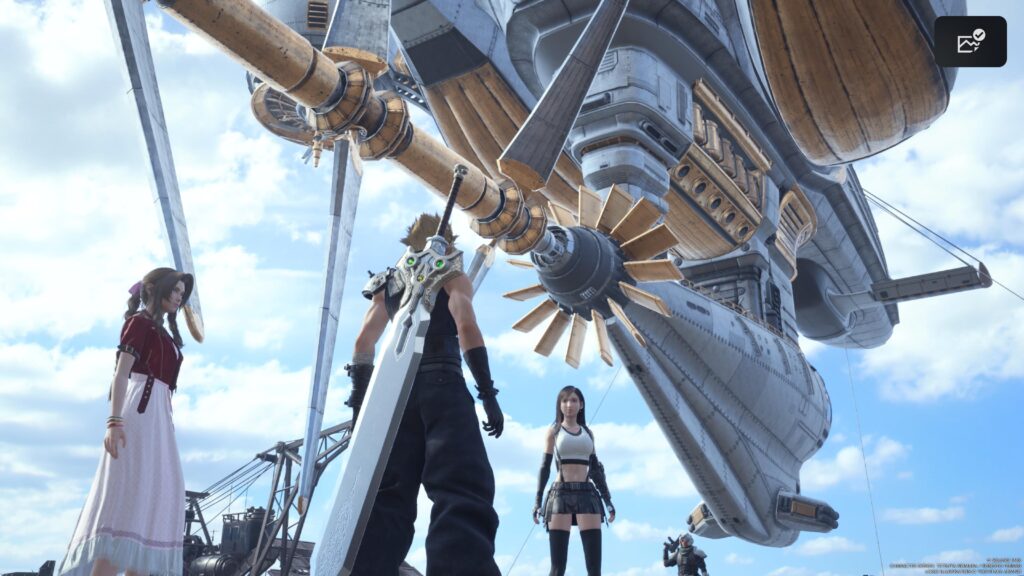
To address this issue, Square Enix has implemented a new ‘performance-sharp’ mode in the options menu to improve visuals and enhance sharpness. However, tests show that the results are largely the same. Specific regions, like Cosmo Canyon and the Corel wastelands near Golden Saucer, seem slightly sharper than others. Fortunately, unlike Final Fantasy XVI, Rebirth consistently maintains a stable 60 fps, with only minor frame rate drops during combat with excessive special effects.

Real Talk
Final Fantasy VII Rebirth outshines its predecessor in every aspect by providing a vast world to explore, numerous mini-games to master, and an expansive story free of filler content. However, it falls short of replicating the emotional resonance of the original’s pivotal climax. Nevertheless, it excels in developing relationships, delving deeper into character exploration, and introducing new, unforgettable story elements.
Final Rating: 92/100
Final Fantasy VII Rebirth
Final Fantasy VII RebirthThe Good
- Expansive Story
- Stellar Cast and Voiceacting
- Amazing Soundtrack
- Great Combat
- Vivid World Maps
- Great Mini-games like Queen's Gambit and Piano
- Character Relationships
The Bad
- Too Many Difficult Mini games like 3D Brawler and Cactuar Rush
- Chadley
- Blurry Performance Mode
- Difficult to Navigate in Terrains like Gongaga and Cosmo Canyon
- Underwhelming Climax
Final Fantasy VII Rebirth
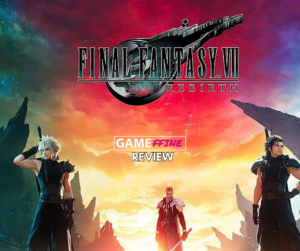
Gameffine reviews the most anticipated 2024 game, Final Fantasy VII Rebirth- the second installment in the Final Fantasy VII Remake trilogy.
Product Brand: Final Fantasy
Product Currency: USD
Product Price: $69.99
Product In-Stock: InStock
9.2
